Sony’s FE Sonnar 55mm F1.8 (my review here) and FE 85mm F1.8 lenses (my review here) have been some of their most popular lenses on the mirrorless platform. It’s a great formula: very compact, well built, great autofocus, and excellent image quality results. The moderately wide aperture of F1.8 is often “good enough” for most people, particularly when moving to a larger maximum aperture typically involves extra expense along with dramatically more size and weight. Sony has had two native 35mm options: an (overpriced) Sonnar 35mm F2.8 and much larger and more expensive Distagon 35mm F1.4. There was a nice, open lane for a moderately priced F1.8 version, and we (almost) got that with the new Sony FE 35mm F1.8. The FE35 (as we’ll call it for brevity in this review) follows the formula of the 55mm and 85mm F1.8 versions in terms of build, design, and performance and will almost certainly become a very popular option for Sony shooters. It’s strong enough at F1.8 even for landscape shots:
But there has been a shift in the landscape since the release of the Sonnar 55mm F1.8 back in 2013. At that stage the Sony FE platform was still extremely young, and Sony leveraged the Zeiss name on a number of their early releases. That included Zeiss badging along with Zeiss optical designations (like Sonnar, Planar, and Distagon) and Zeiss T* coatings. With the passage of time that partnership has, at the least, become far less obvious, with no newer Sony lenses carrying any obvious Zeiss branding. The Sonnar 55mm was one of the more expensive lenses carrying a maximum aperture of only F1.8, with a MSRP of about $1000 USD. Despite the rather high cost of entry, that lens went on to be a very successful one for Sony. It had a good mix of nice build, compact size, good autofocus and optical performance, and, while expensive, feeling more moderate in price than the much larger and 50% more expensive Planar 50mm F1.4. But when it comes to that price, the Sony Zeiss Sonnar 55mm F1.8 had two things going for it that the FE35 does not; 1) there were relatively few options on the FE platform and 2) people are somewhat accustomed to paying a premium for Zeiss products which have historically been among the most expensive lenses.
When Sony released the 85mm F1.8 in early 2017 (almost 4 years later), it came without the Zeiss badging but with a much lower price (MSRP of $599), and that lens has been a definite winner for Sony. Many photographers (myself included) would suggest that the FE 85mm represents the strongest price to performance ratio of any of the Sony-branded lenses.
The FE35 charts a path somewhere between the two. It comes to market at a price point of $799, and, while I think you’ll find that there are few negatives to the lens itself, it releases to a much more crowded lens marketplace. There are two options from Sony (F2.8 and F1.4 options), yes, but there are also now two Sigma ART options (F1.2 and F1.4), two Samyang AF options (F1.4 and F2.8), and a Tamron 35mm F2.8 with 1:2 macro capabilities. That’s seven other autofocus options, not to mention several manual focus alternatives from Zeiss and others.
With all that being said, however, I do think that this is still a winning formula for mirrorless if people can overlook the price. The combination of beautiful build (with a careful balance between quality, size, and weight), awesome autofocus, and strong optical performance makes the FE35 well worth your consideration. Let’s explore why together…
I reviewed the FE35 on my Sony a7RIII and Sony a9 bodies. Some real world shots taken with the a9 while the formal resolution tests are all shot on the a7RIII to push the lens a little more.
Follow Me @ Patreon | My Newsletter | Instagram | Facebook | Twitter | Flickr | 500px
FE35 Build and Handling
Part 1 of my video review focuses on the build and handling of the lens along with a close look at the autofocus performance. Watch it to get a clear picture of what you are getting for your money:
There is a lot to praise in the build and handling section and little to criticize. I’m a big fan of what Sony has done here. The lens has a very unique blend of feeling dense and well-made while also being very light in an absolute sense. It tips the scales at only 9.9 oz (281g) and yet somehow feels very metal and premium. It’s somewhat like holding a Zeiss Loxia lens, which is a very good thing. It strikes a nice balance between the incredibly light Sony Zeiss Sonnar F2.8 lens (120g) and the bigger, heavier Sony Zeiss Distagon F1.4 (630g). For perspective, the truly beastly Sigma 35mm F1.2 ART weighs in at 1020g (though I also found it to be an amazing lens in my review). The moderate weight of the FE35 makes it a great lens to throw on a motorized gimbal for amazing footage because the weight and balance is very nice.
The physical size is also excellent, with dimensions of 2.58 (D) x 2.87″ (L) or 65.6 x 73 mm. It uses a small and common 55mm front filter size, so filters will be readily available for the lens. As noted, however, the lens feels very premium in the hand. Bigger and heavier doesn’t automatically equal better, and I think Sony has done a great job of producing a lens that feels quality without feeling unnecessarily heavy.
When I initially did my review of the 55mm F1.8, I initially cited that it wasn’t weather sealed. I could find no external evidence of sealing (the rubber gasket at the lens mount is usually the obvious giveaway), so I didn’t investigate further. I had the 50mm F1.4 Planar at the same time, and the gasket was obvious on it. But after a viewer set me straight, I did more research, and found that Sony indeed stated that the 55mm was weather sealed. The same is true here. I can’t pick out a rubber gasket for the life of me, but, as the diagram below shows, this lens is indeed sealed at the rear, switches, both sides of the focus ring, and near the front element.
The FE35 is a little more feature rich than many competitors, with both an AF/MF switch (always handy) along with a Focus Hold button that can be programmed to a variety of functions. Before firmware updates added full-time Eye AF and tracking to some bodies along with newer models that came natively with it, it was often handy to program Eye AF to this button. You can now choose a variety of other functions, and it is very useful to have yet another control point at a convenient spot.
The focus ring also deserves some additional commentary, as it has a premium feel and premium performance. It tightly ribbed, made of metal, and has a good consistent damping that is a little on the light side. More importantly, however, it functions in a linear fashion, meaning that you have much more repeatability in focus pulls and the ability to either focus quickly or slowly depending on the speed with which you turn the ring. What’s more important, though, is that whether you focus fast or slow, you can find the same focus point consistently. This is still focus by wire, but there is no detectable focus lag and focus behavior is much more like a lens with a direct coupling to the lens elements. Well done, Sony!
There is an included lens hood that is made of sturdy plastics and has a matte interior to prevent light from bouncing around.
The FE35 has nine rounded aperture blades and does a rather nice job of retaining a circular aperture shape when stopped down.
Here’s a look at the bokeh geometry from F1.8 to F2.8 to F4:
The quality of the bokeh is nice, too, as we’ll see more of in the image quality section below.
The lens can focus down to 8.7″ (22.1 cm) and has a very useful 0.24x magnification.
Close up performance is quite strong, with good resolution and contrast near MFD. That, combined with smooth bokeh and a nice fall-off from focus to defocus gives one the ability to produce some unique images:
While this can’t compete with the amazing 0.50x magnification of the new Tamron 35mm F2.8 OSD, it is still a very useful figure that easily outpaces the other Sony 35mm options.
All in all, I’m very happy with the reality of the Sony FE 35mm F1.8 when it comes to the build and handling. The lens is a treat to use, and if you owned one, I suspect that you would often reach for it because it would be easy to bring along and would deliver results you would be happy with.
Sony FE 35mm F1.8 Autofocus
Prepare yourself for another rosy section, as I’ve got nothing but good to say about the autofocus from the FE35. It employs linear motors that produce extremely fast and very quiet focus results. When I did my video focus pulls test, I was unable to hear any autofocus noise during major focus changes at all…even when recording with the in camera mics.
Focus was fast in all situations save my extreme low-light torture test (focusing in near-dark conditions), though even then the lens locked focus relatively quick even though I was completely unable to lock focus with the smaller aperture Tamron 35mm F2.8 lens at the same time. My focus accuracy was very good as well throughout the review at a wide variety of focus distances.
I’ve had trouble at times with some lenses wanting to focus on the background rather than an obvious foreground object, but the FE35 intuitively grabbed focus on foreground objects with great regularity, giving me excellent focus results:
Let’s not forget how great it is to be able to focus wherever one wants in the frame without worrying about straying away from the “more accurate center focus points”. I could have all points active and focus easily grabbed on this foreground branch and focused with great precision for me:
I likewise got perfect Eye AF results. It’s winter right now, so there aren’t a lot of portrait sessions going on, but I had my daughter take a series of portrait shots of me with the lens to test Eye AF. All of these are at F1.8, and focus locked accurately on my eye every time despite rarely looking directly at the camera:
That makes this a very useful portrait lens, and a very nice compliment to the 85mm F1.8 for portrait work.
The smoothness and quietness of focus also makes this a very appealing video lens. You can see a variety of video footage in the second part of the video review that is linked below in the Image Quality section. I found that the AF nicely tracked a small plant I was videoing even as it waved wildly in the wind. Video was also rock-solid for recording my video segments, with no “twitching” or microadjusting. Performance was essentially flawless.
I’m not sure that I’ve seen any better autofocus performance on the Sony platform than what you get with the FE 35mm F1.8. It’s great.
Sony FE35 Image Quality
So we arrive at the big question: is the Sony FE 35mm F1.8 strong enough optically to distinguish itself among all these competing lenses? I would recommend that you take a look at Part 2 of my video review for a careful look at both stills and video performance.
As a first party lens, the FE35 arrives with the strongest possible support from Sony when it comes to profiles and electronic aids to help performance. JPEGs and Video will receive profile corrections if enabled in camera, which help to eliminate aberrations, distortion, and vignette. RAW files will arrive with embedded profile information that will be automatically applied on import into Lightroom or ACR.
Truthfully, though, there isn’t a lot here that particularly needs correction. There is a very mild amount of pincushion distortion which corrects easily. You may not always want to correct it, however, as it has been noted that a bit of pincushion distortion is often flattering in portrait work. More obvious is some vignette, though it too functions in a fairly linear fashion and has its applications. The standard profile does a good job of cleaning things up:
You obviously have the choice as to which direction to go, but both elements clean up non-destructively if you don’t want them.
The FE35 exhibits a classic portrait-oriented sharpness profile where center sharpness is prioritized over edge performance. The center majority of the frame is very sharp and with high contrast, while the corners lag behind:
This works great for portrait and general purpose wide aperture work, as the typical focus area will be very sharp at F1.8:
Landscape images at F1.8 are still quite good, though you can see that edge performance isn’t as crisp (and the extreme corners would be softer still).
In many cases, however, the biggest difference I saw between landscape images at F1.8 and smaller apertures was that there was bit less contrast in the wide open images compared to those taken at smaller apertures. Wide open still looked pretty great:
Composing near the edge of the frame still produced nice sharpness:
At F2, interestingly, there is a minor uptick in contrast in the center of the frame but the metering does not change at all (the histogram does show a tiny shift to the left at F2). If you want extra contrast while also wanting as much light gathering potential as possible, F2 could be a good aperture choice.
F2.8 shows an uptick in contrast and resolution, with sharpness getting closer to the corners (though they still aren’t sharp).
This opens up an opportunity to compare to the Tamron 35mm F2.8 OSD lens. The Sony lens shows slightly more contrast in the center of the frame along with a slightly better corner performance. It’s not major, but it’s there.
Optimal corner resolution comes at more traditional landscape apertures of F5.6 and F8, with some softness and loss of contrast creeping back in due to diffraction at apertures of F11 and smaller. F22 has noticeably less contrast than F1.8 on my a7RIII. You can achieve some lovely landscape images with the lens:
At no point do the corners achieve the kinds of sharpness we saw on the Sigma 35mm F1.2, however, and I think that the Sigma is essentially as sharp in the corners at F1.2 as the Sony is at any aperture. It all comes down to your priorities, obviously. For many photographers the Sony FE 35mm F1.8 will be plenty sharp for their use.
This is aided by a nice control of chromatic aberrations. That’s not to say that aberrations are completely controlled. There is a tiny bit of purple fringing before the plane of focus and a bit of green fringing after the plane of focus, but neither is pronounced enough to ever become an issue.
I have learned through experience that sometimes a “perfect” correction of aberrations leads to having less character in the bokeh, and so I think this represents something close to the right balance, as I don’t find CA to be a problem with the lens and also think that the bokeh looks pretty great. Bokeh is subjective, of course, so here’s some examples to let you draw your own conclusions.
Flare resistance at wide apertures is very good, with little loss of contrast and very little ghosting (image one below). Stopped down to small apertures like F11 reveals a little more ghosting and an occasion “shaft” of light at different angles in video. I didn’t have any real world issues to report, though as the photos in my gallery show, this isn’t the sunniest time of year around here.
I was less impressed by the coma control of the FE35. At F1.8 there was fairly strong evidence of coma along the edges of the frame:
Even the star points in the center of the frame aren’t perfectly exempt from coma. Stopping down to F2 helps a bit, with F2.8 helping a bit more (as you can see from this comparison).
At F2.8 the FE35 does a decent but not exceptional job. Good enough to use if you own it; not good enough for that to be a selling feature.
So optically the lens excels in a number of metrics and only falls a little short in corner performance along with coma performance. These may or may not be a factor for you. Overall I’m very happy with the image quality from the lens.
Conclusion
As we’ve worked through the various aspects of this lens and it’s performance, a clear picture has emerged of a very competent lens that manages to do a lot of things well in a fantastic package. It’s small, compact, and lightweight while also being convincingly well made. The fact remains that many people will leave a larger lens home while reaching for a smaller one like this because the “cost” of bring it along (even if you don’t use it!) is so low. Autofocus performance is excellent and image quality is very nice. Missteps are few and won’t apply to everyone, as few photos require exceptional performance in the extreme corners and fewer still shoot images where coma becomes an issue. For most people the image quality will meet their needs very well.
Probably the only thing to really give potential buyers pause is the price. AT $799 USD, it isn’t incredibly expensive by photography standards (where everything is expensive!), but in a market now flooded by options at this focal length, photographers have a lot of choices on how to spend their money. Samyang even has a quite-good AF 35mm F1.4 that can be had quite a bit cheaper, and there are various other options at F2.8 that cost roughly half as much. I think if Sony dropped the price even $100 a lot of those questions would disappear. Even at this price, however, I don’t think that a person is getting “ripped off”. I’ve used most of the alternate lenses, and I think that Sony has done a good job of producing a premium lens here even if people don’t automatically think “premium” when they see F1.8. When viewed as a complete package, the Sony FE 35mm F1.8 offers up perhaps the best blend of quality, size, and performance currently available at the 35mm focal length on Sony. I suspect that there will be very few dissatisfied owners of this particular lens…and that’s food for thought.
Pros:
- Beautiful build. Small but premium
- Weather sealing
- Excellent autofocus. Quiet and accurate
- Nice looking bokeh
- Excellent center sharpness
- Good color rendition
- Good flare and CA control
- Very useful MFD and magnification
Cons:
- Price on the higher side
- Corner performance isn’t exceptional
- Some coma (particularly at wide apertures)
Purchase the Sony FE 35mm F1.8 | B&H Photo | Amazon | Amazon Canada | Amazon UK | Amazon Germany | Ebay
Sony a9 Camera: B&H Photo | Amazon | Amazon Canada | Amazon UK | Amazon Germany | Ebay
Sony a7RIV Camera: B&H Photo | Amazon | Amazon Canada | Amazon UK | Amazon Germany | Ebay
Sony a7R III Camera: B&H Photo | Amazon | Amazon.ca | Amazon UK | Ebay
Peak Design Slide Lite: Peak Design Store | B&H Photo | Amazon | Amazon Canada | Amazon UK
Peak Design Leash Strap: Peak Design Store | B&H Photo | Amazon | Amazon Canada | Amazon UK
BenQ SW271 4K Photo Editing Monitor – B&H Photo | Amazon | Amazon.ca | Amazon UK
Adobe Photoshop Creative Cloud 1-Year Subscription
Exposure Software X5 (Use Code “dustinabbott” to get 10% anything and everything)
Visit Dustin’s Amazon Storefront and see his favorite gear

Purchasing your gear through B&H and these links helps fund this website and keeps the articles coming. You can also make a donation here if you would like. Visit my Amazon page for some of my gear of choice! Thank you for your support.
Great News! I can now offer a 5% discount on all purchases at Amplis Foto, Canada’s Leading Photographic Supplier. Please enter discount code: AMPLIS52018DA in your cart. It is good for everything in your cart, and is stackable with other coupons, too! It will take 5% off your entire order! Proceeds go towards keeping this site going and providing you with new reviews!
Check me out on: My Patreon | Sign Up for My Newsletter | Instagram | Facebook | Twitter | Flickr | 500px | Google+ |
Use Code “DUSTINHDR” to get $10 off ($15 CDN) any Skylum product: Luminar, Aurora, or AirMagic
Purchase the Sony FE 35mm F1.8 @ B&H Photo https://bhpho.to/2OOLRqg | Amazon https://amzn.to/2YBDQrJ | Amazon Canada https://amzn.to/2s9YMdh | Amazon UK https://amzn.to/2P4JK1p | Amazon Germany https://amzn.to/38p5tIX | Ebay http://bit.ly/FE35Ebay
Keywords: Sony 35 1.8, Sony FE 35 1.8, Sony FE 35mm, Sony FE 35mm F1.8, FE 35mm Review, Sony FE 35mm F1.8 Review, Dustin Abbott, Review, Autofocus, Sony a7RIII, Sony A7RIV, Sony a7R IV, Sony a9, Hands On, Video Test, Portrait, Video, Coma, Real World, Comparison, VS, 35, 1.8, 35mm, F1.8



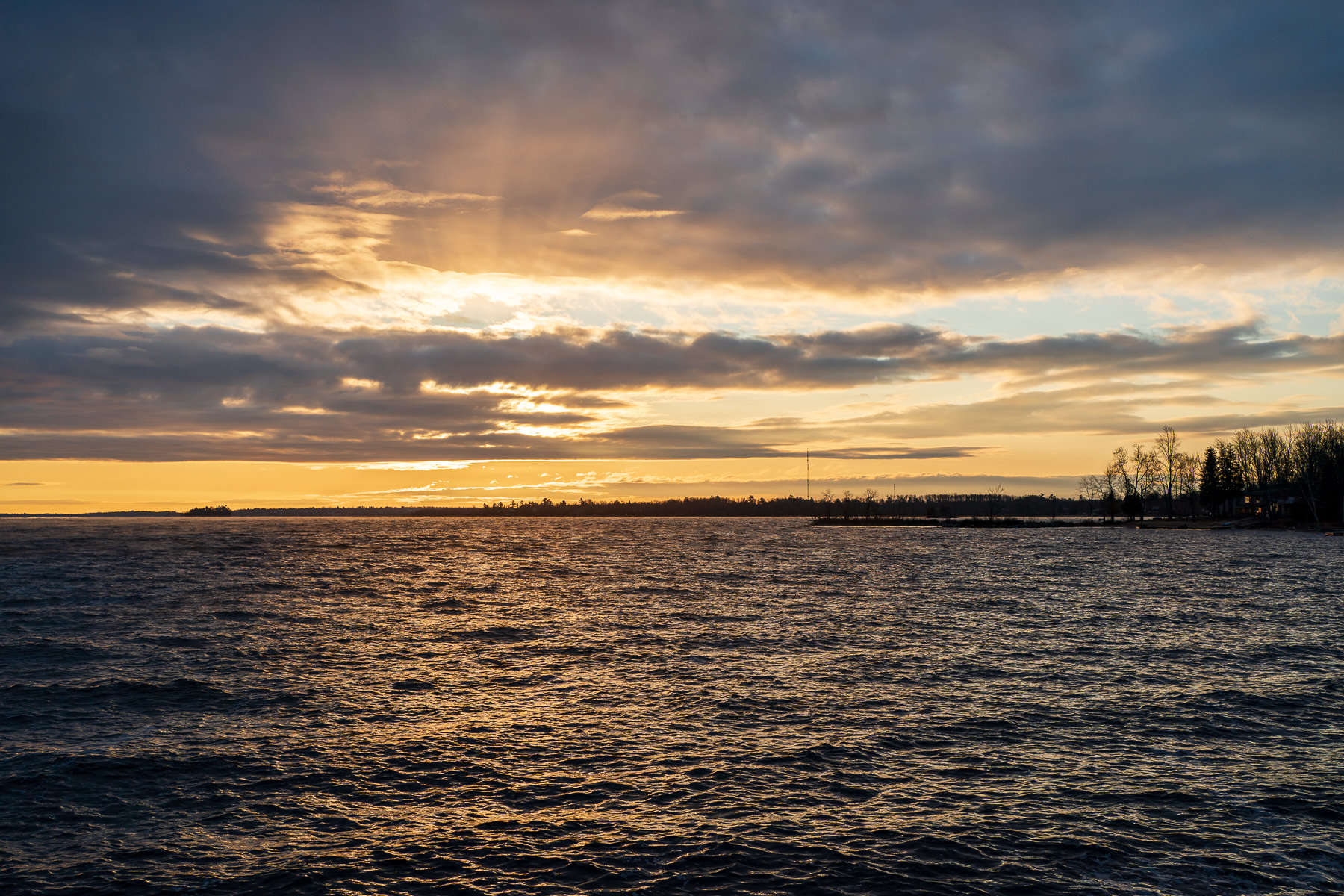
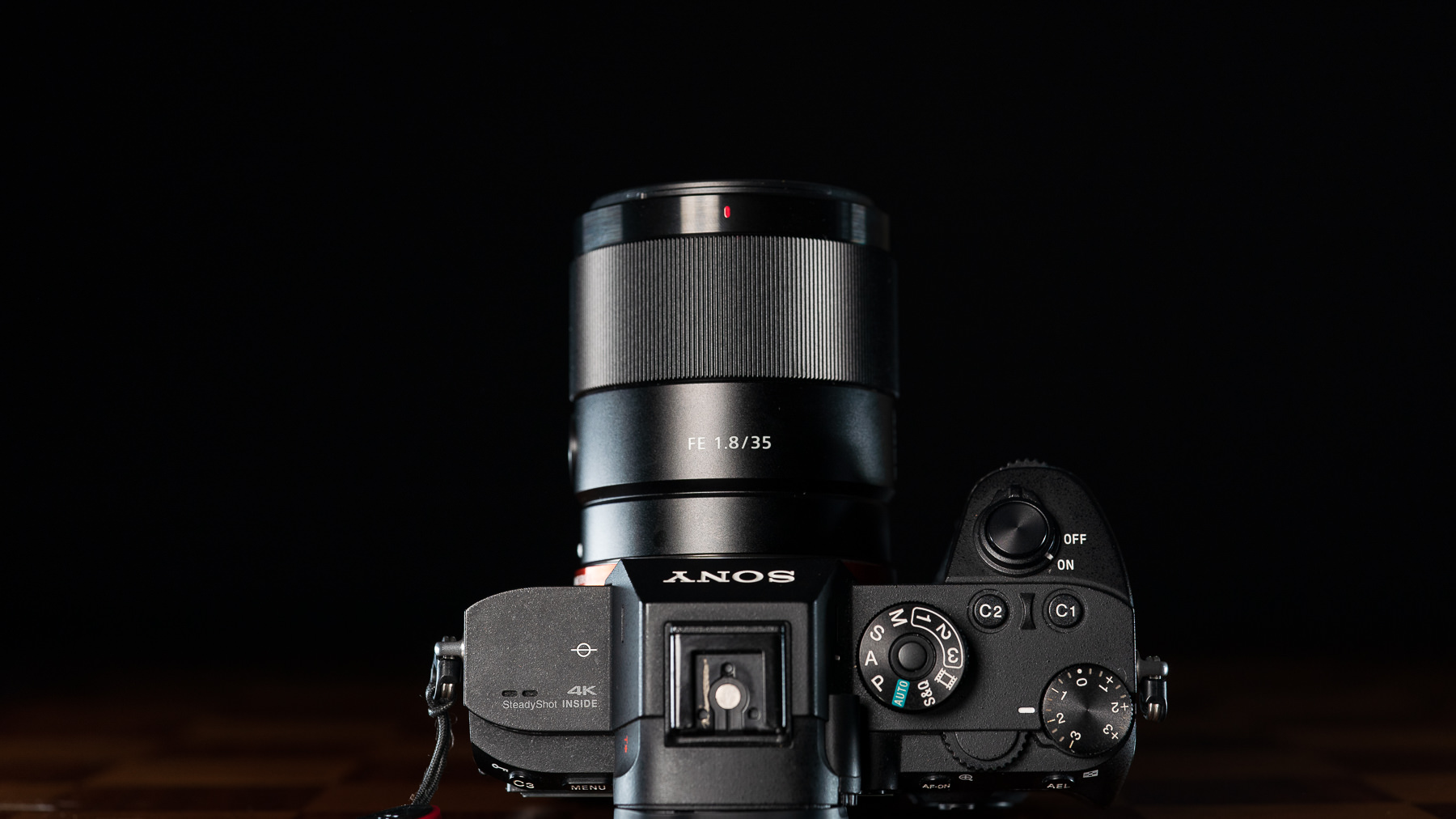
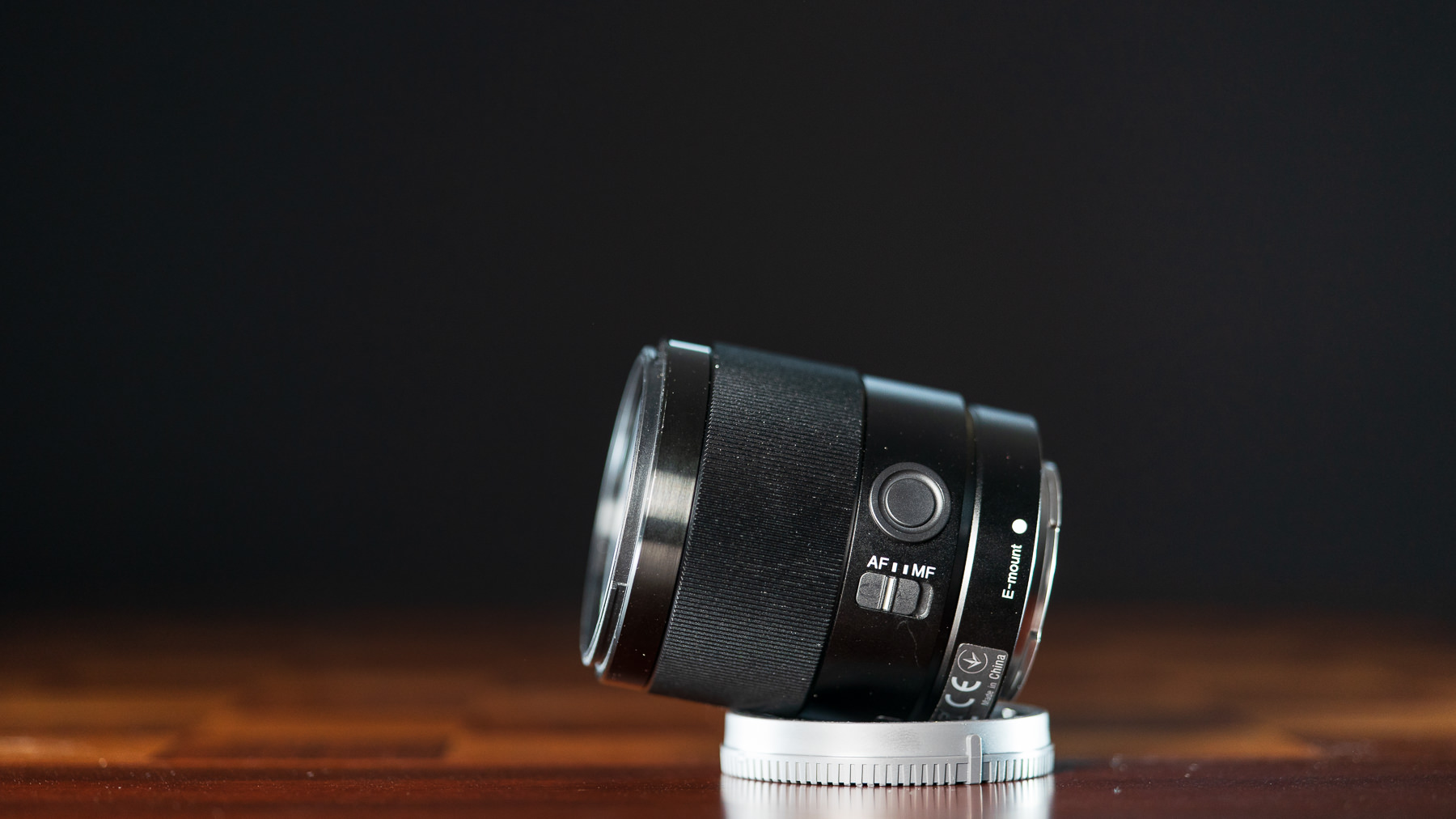
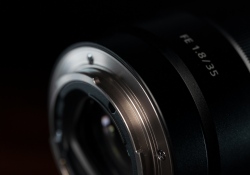
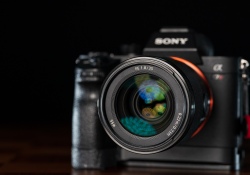
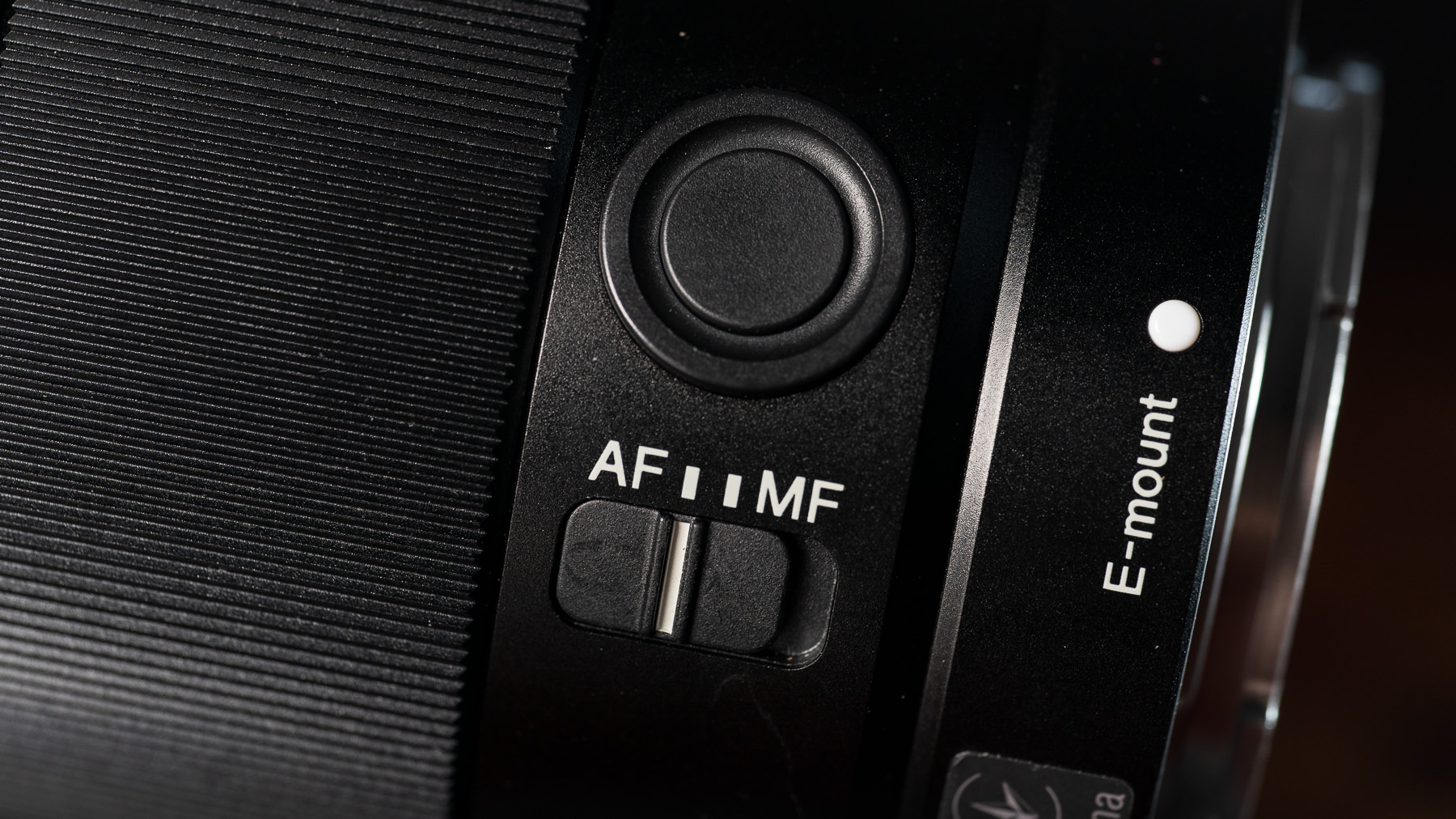


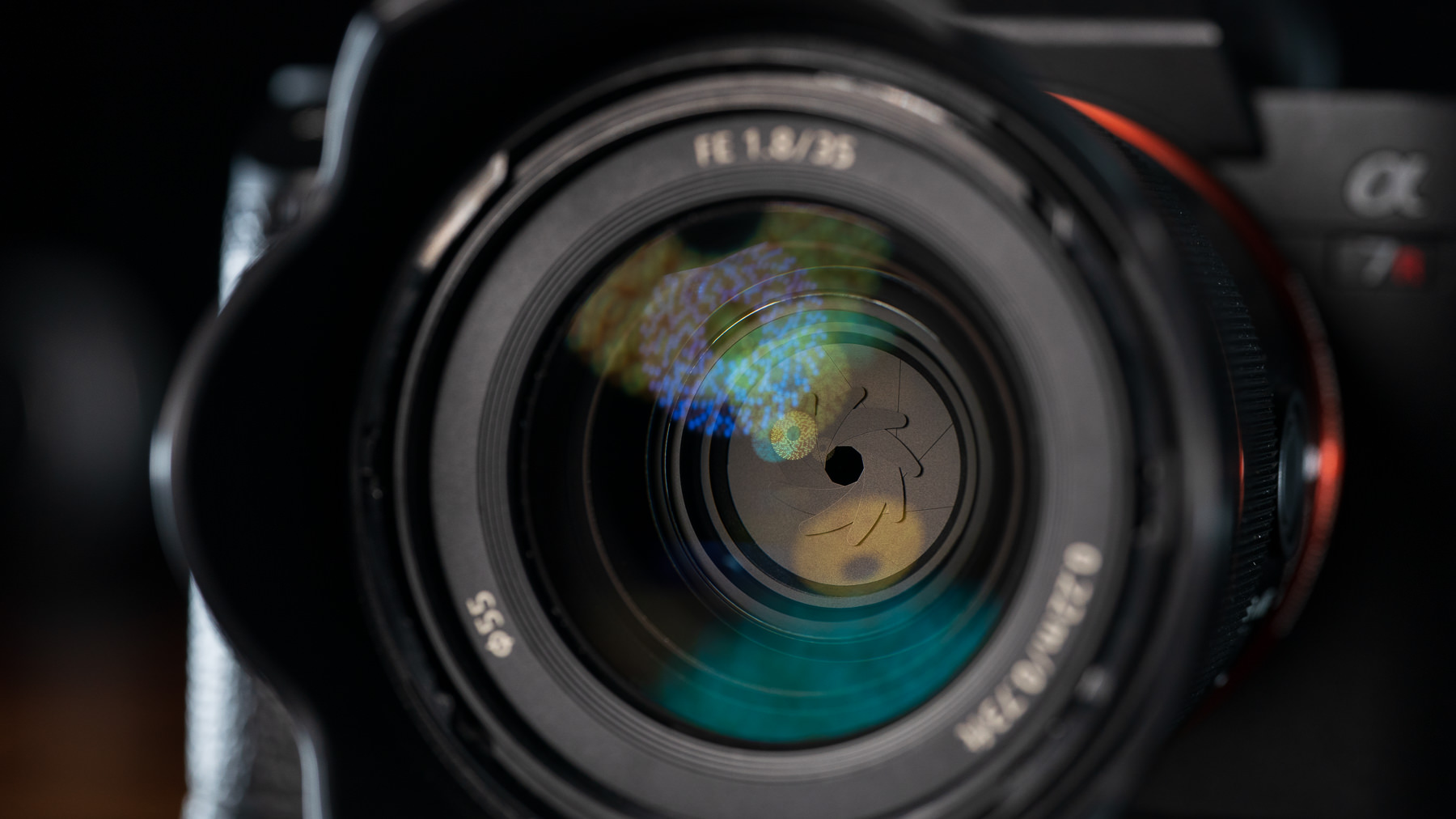



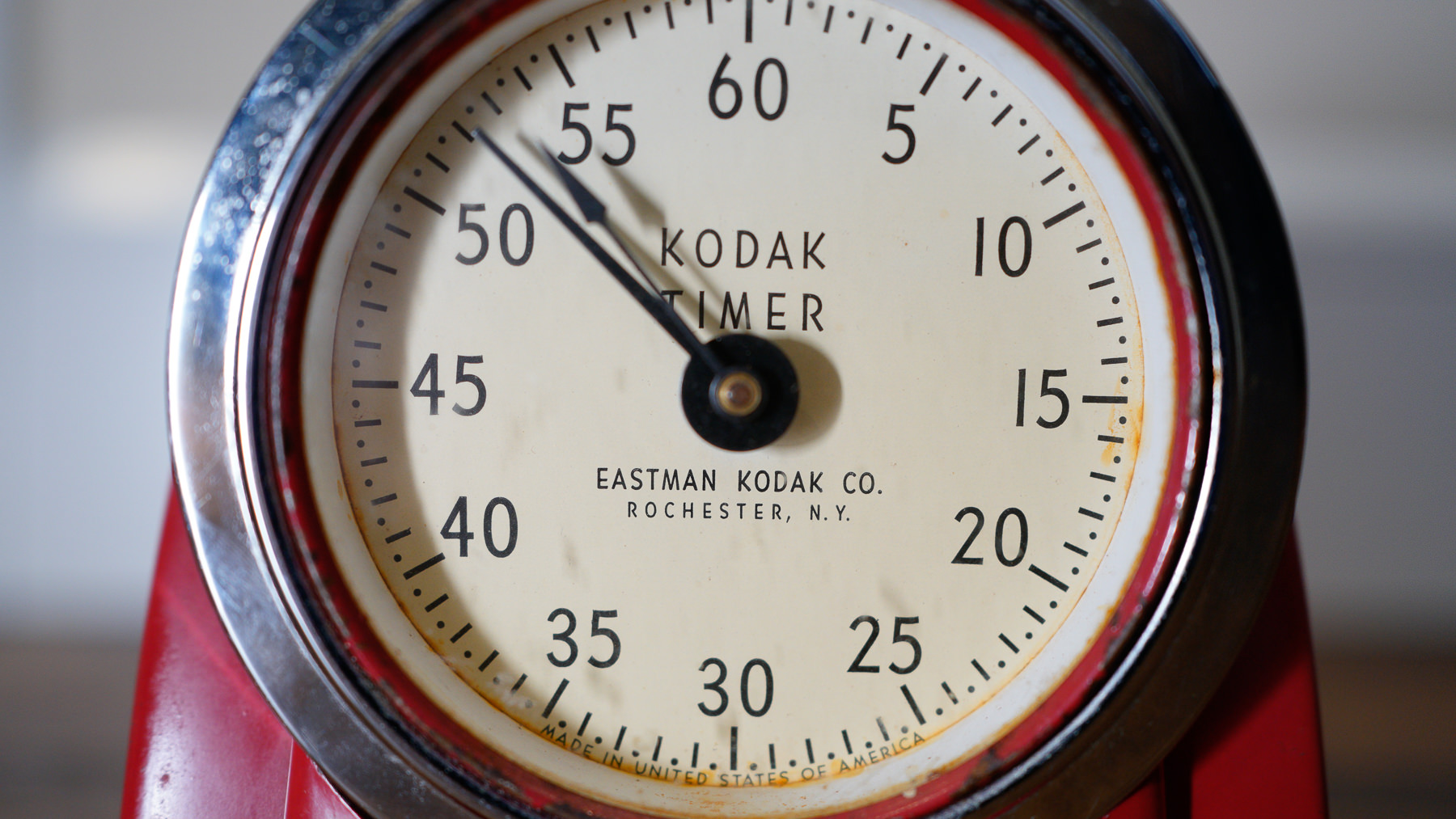












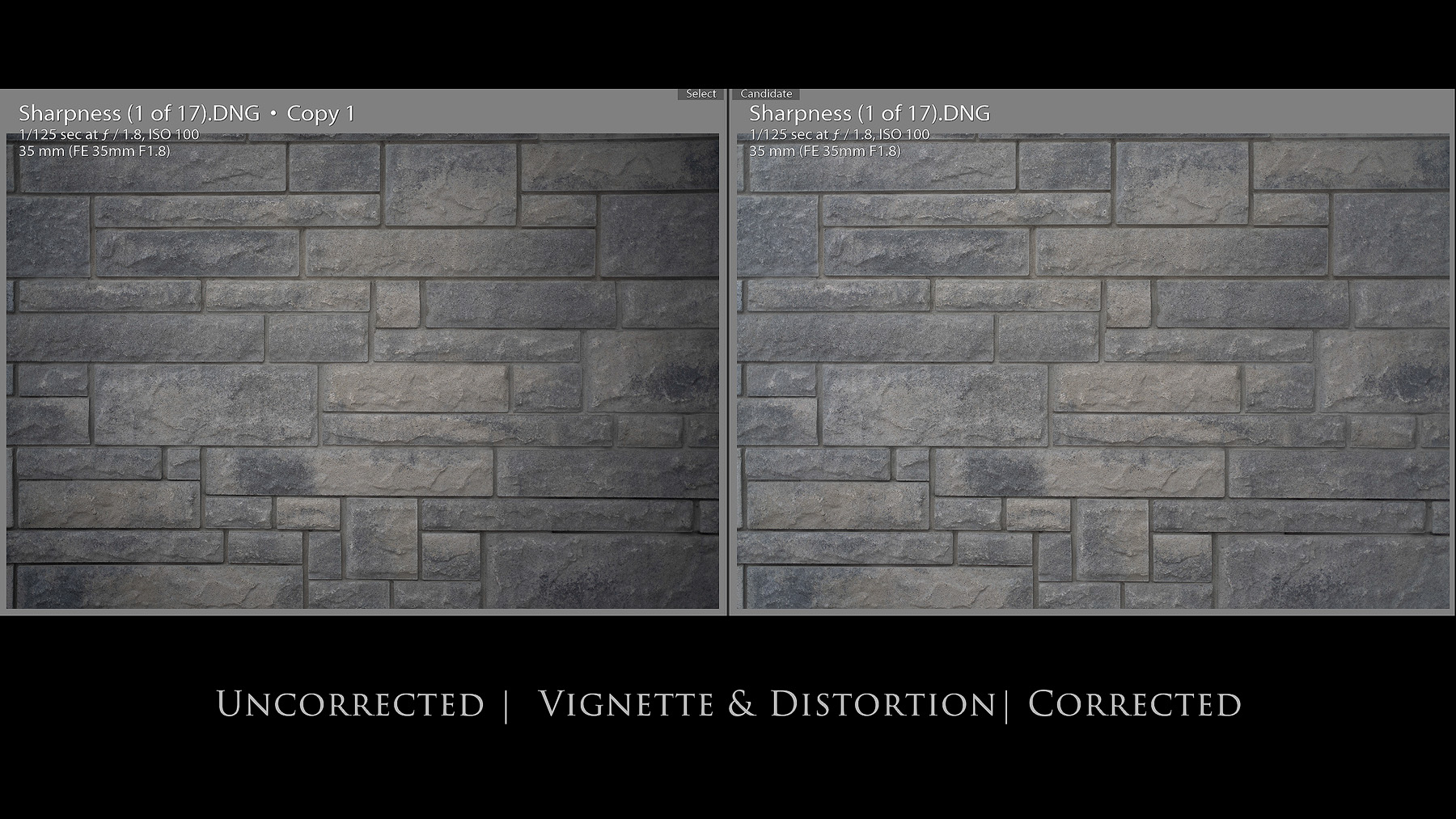
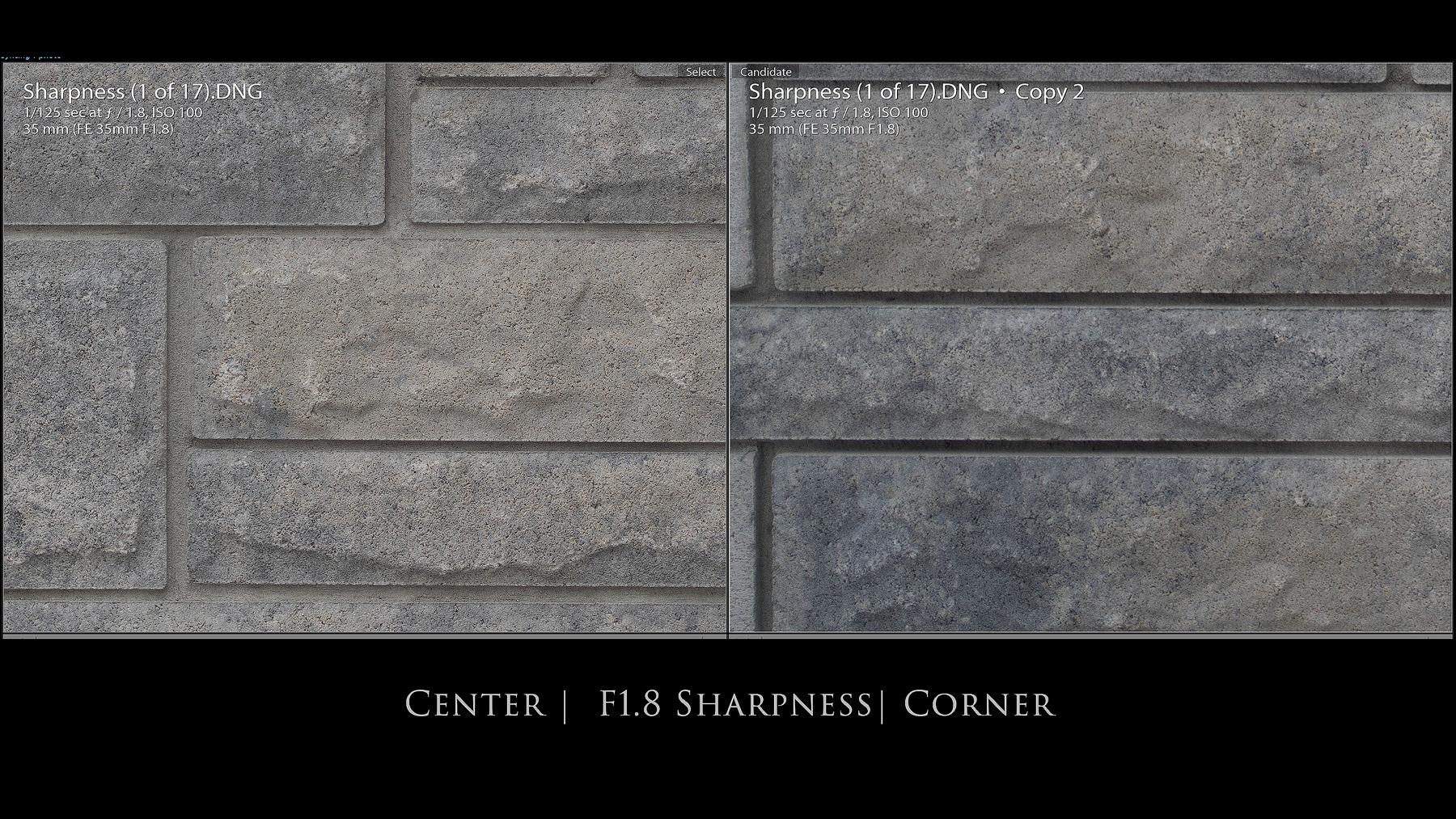

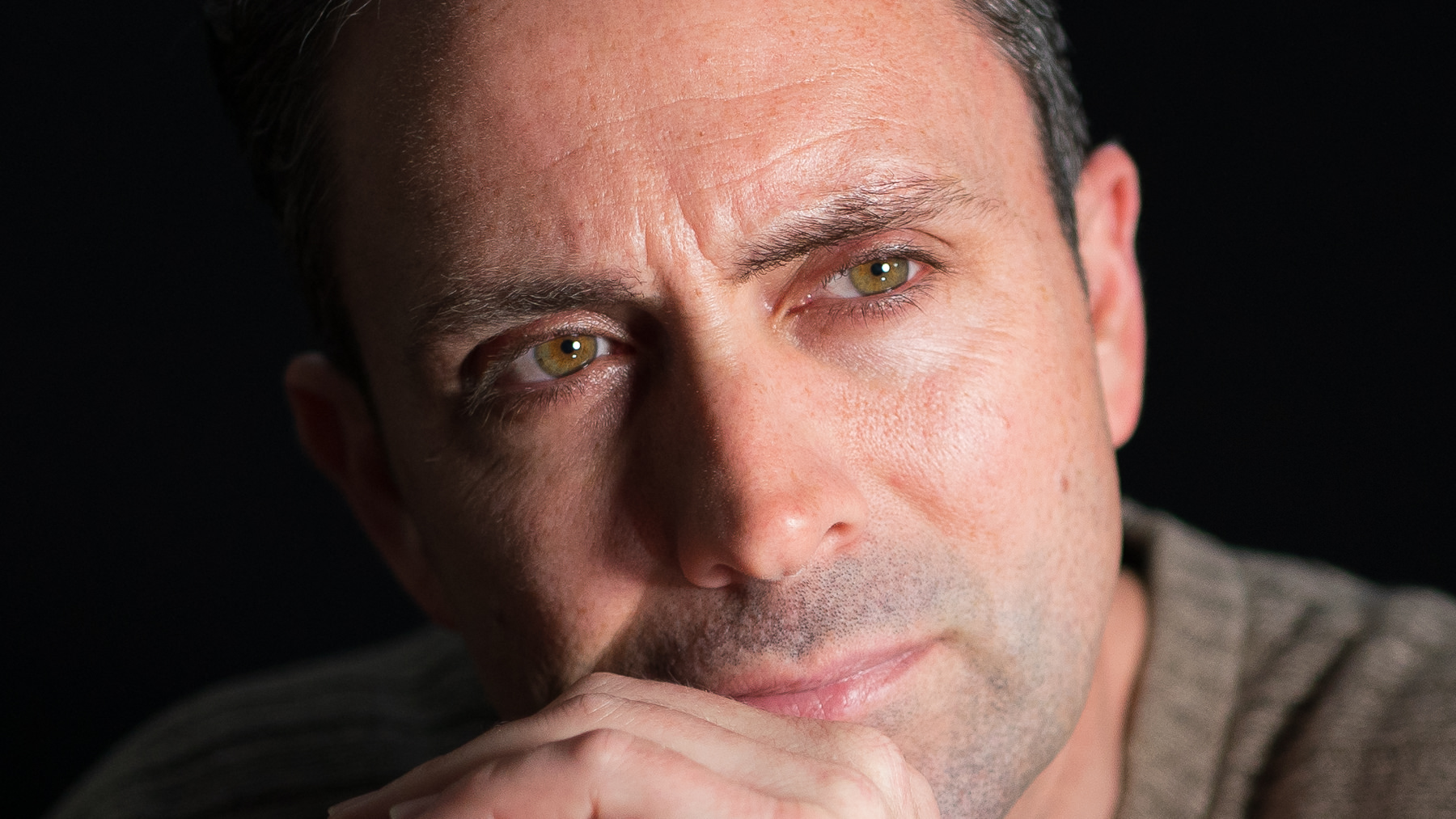


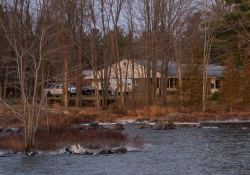
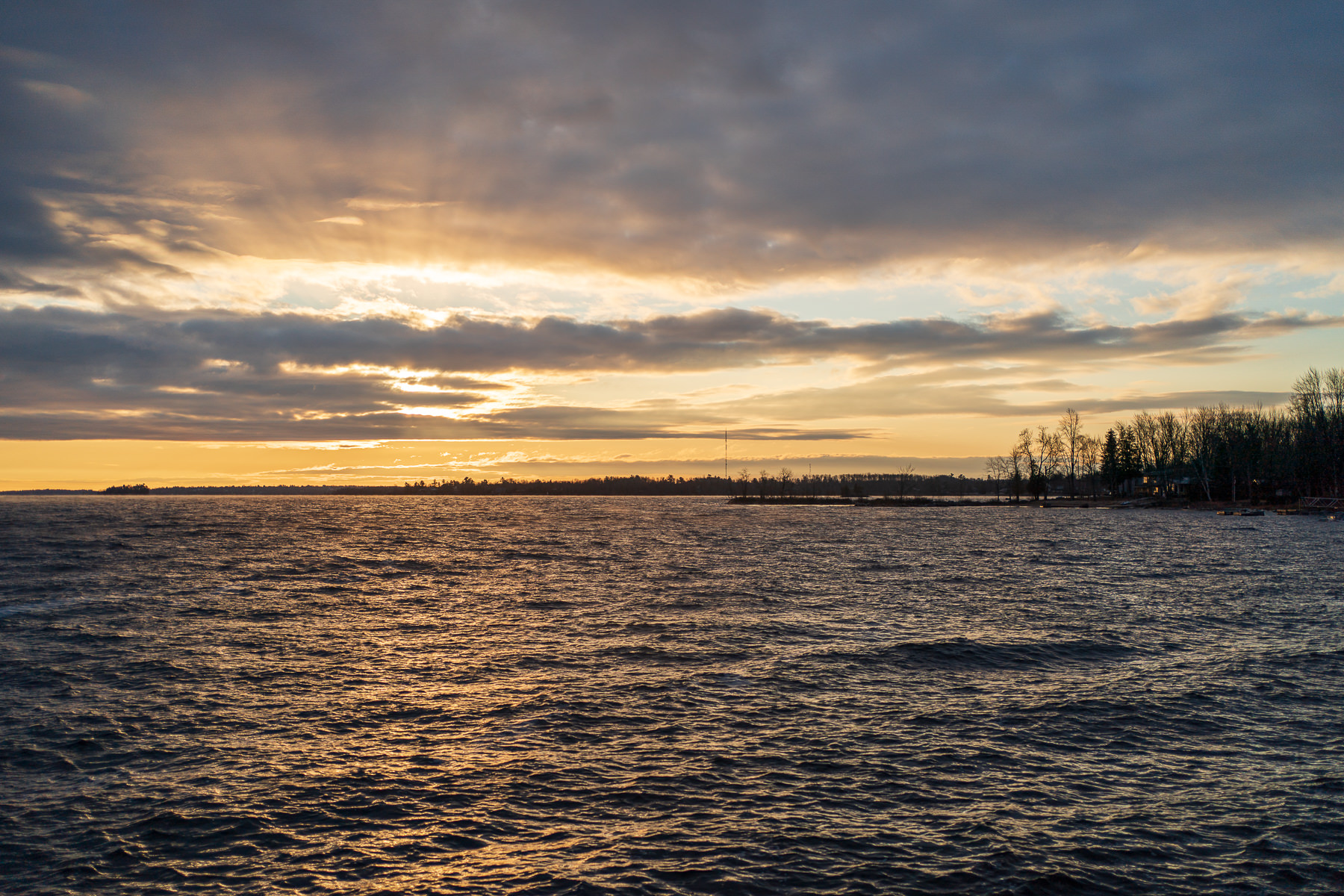

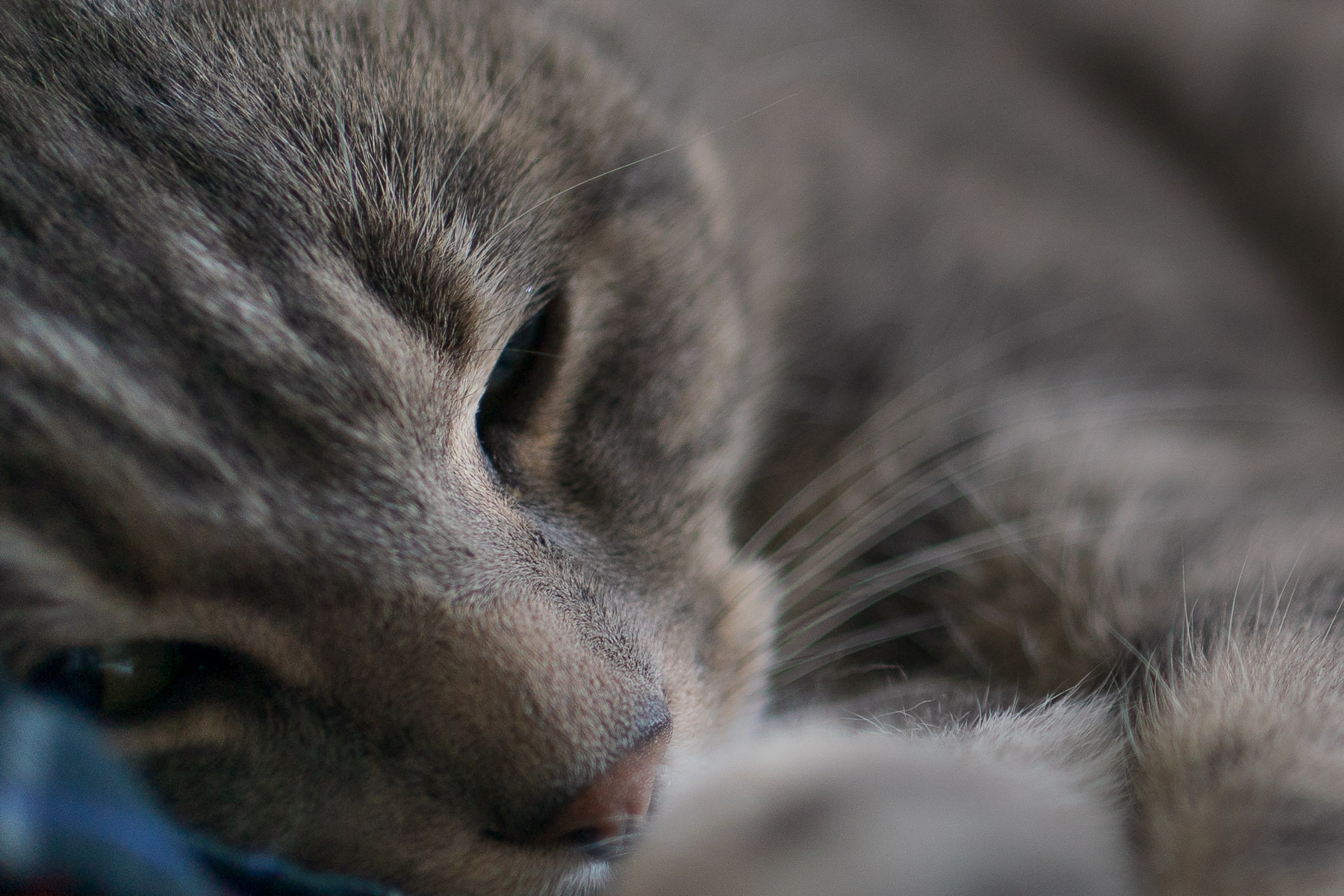
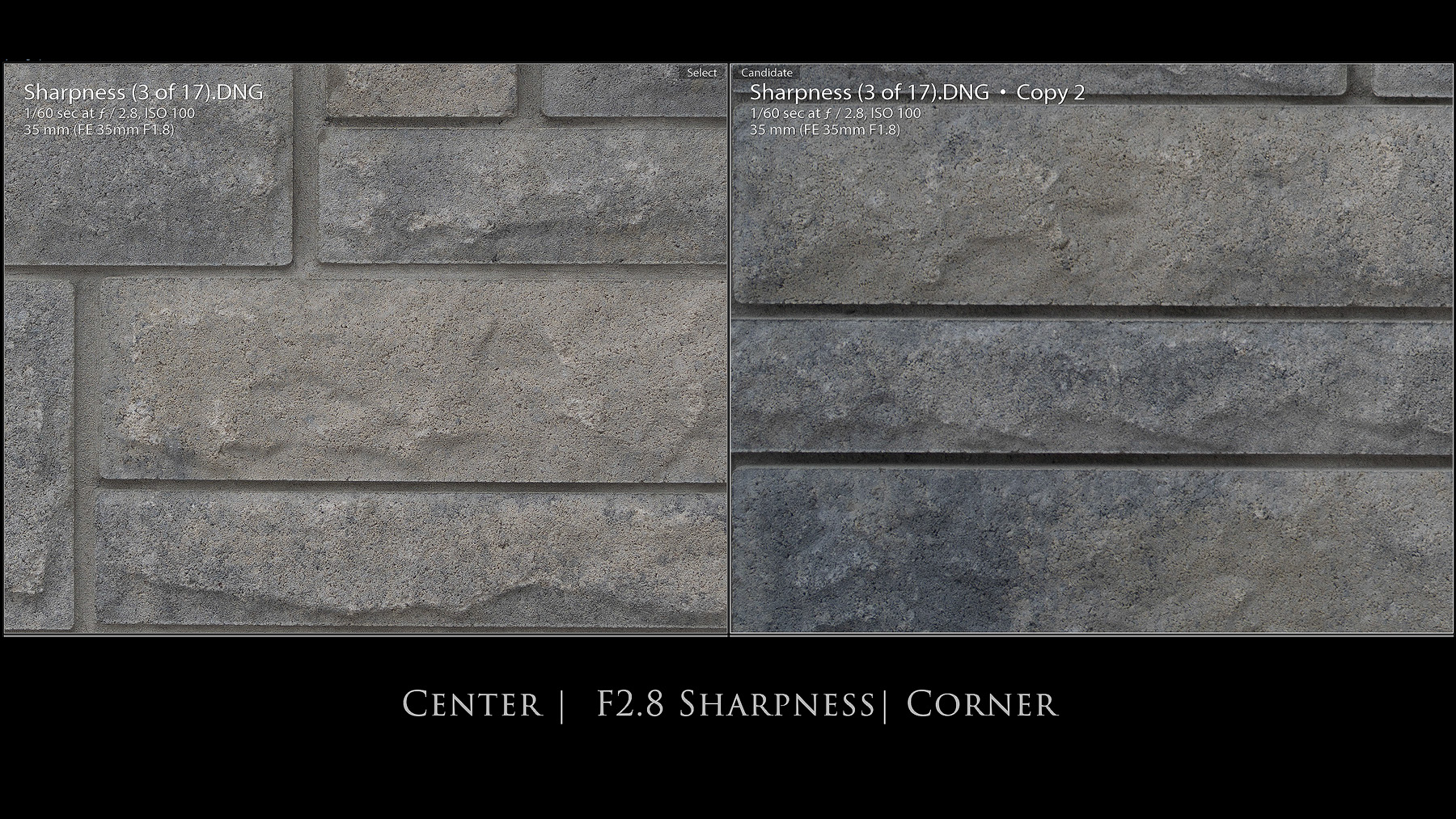
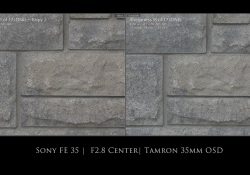
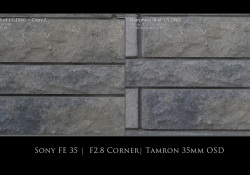








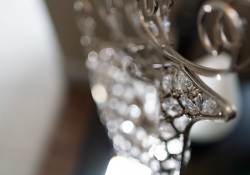















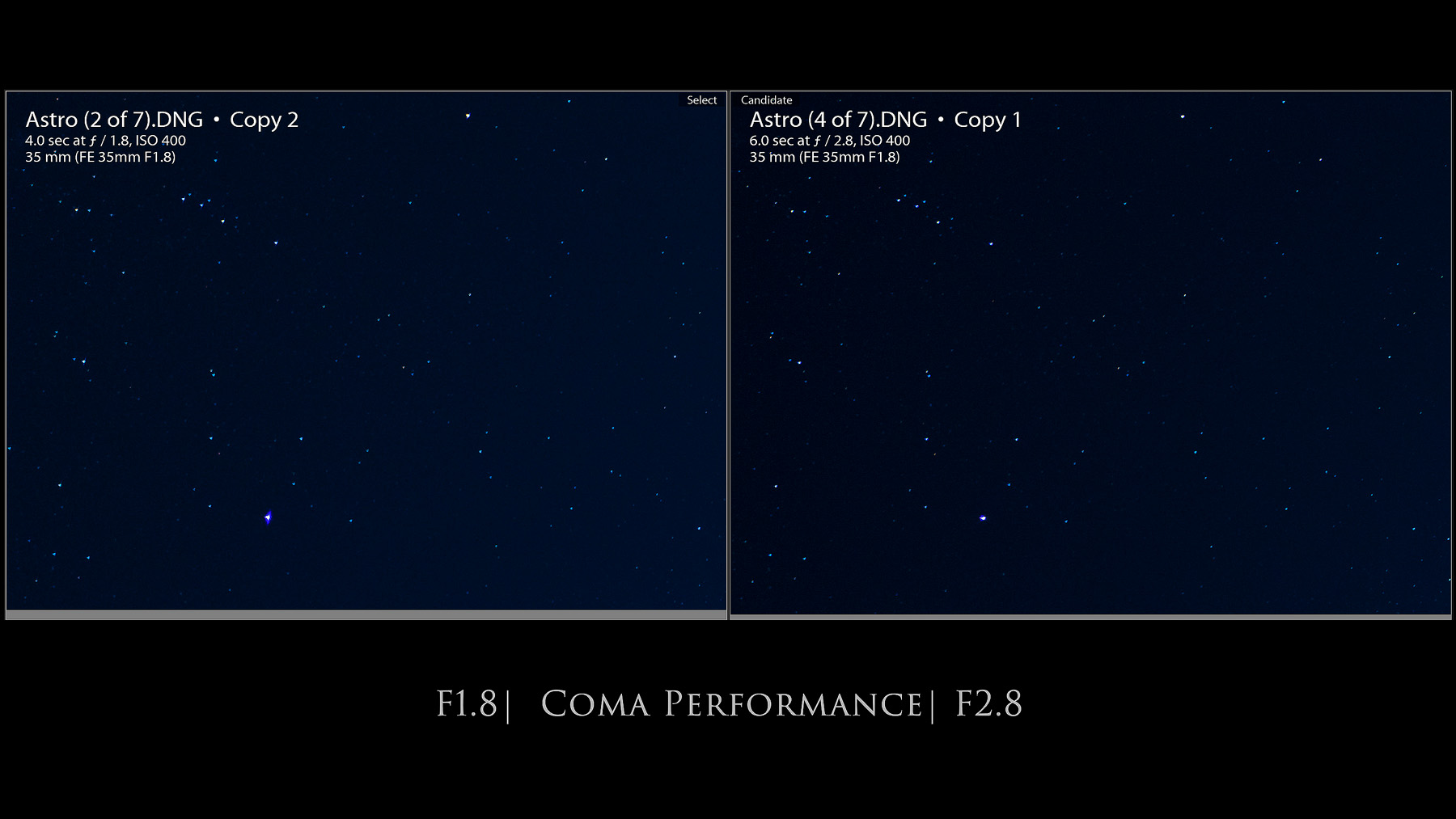





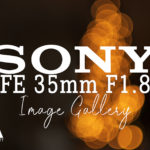


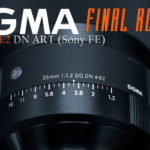
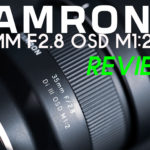

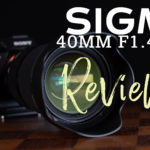
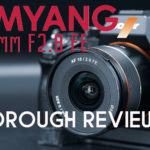
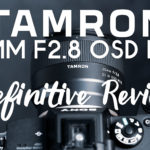
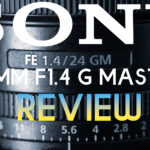
[…] Sony FE 35mm F1.8 […]